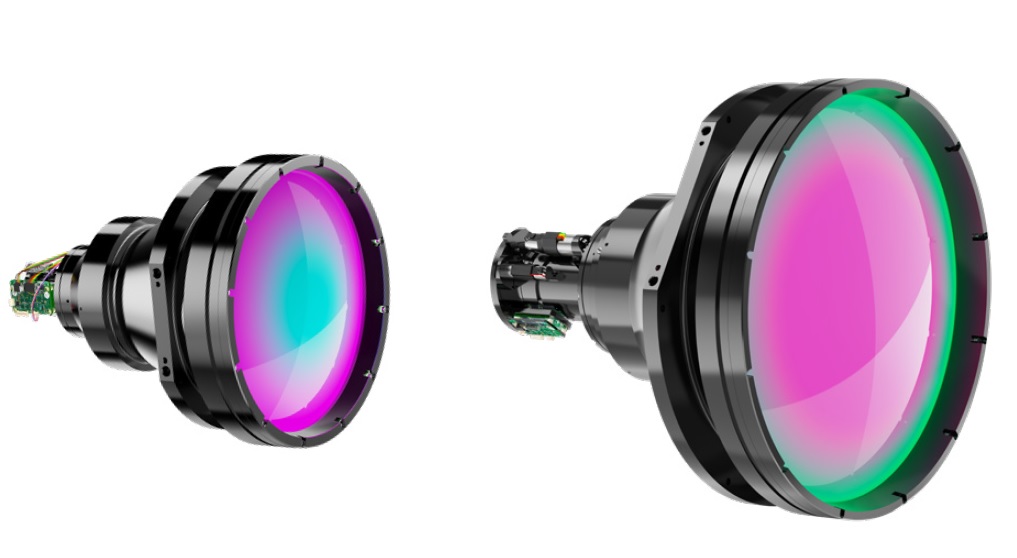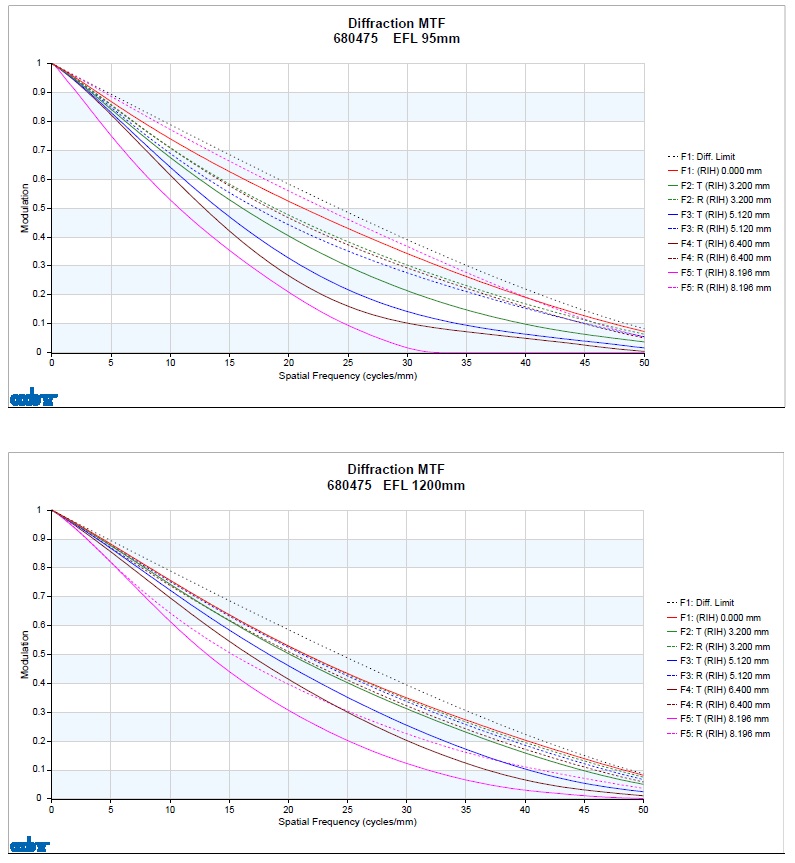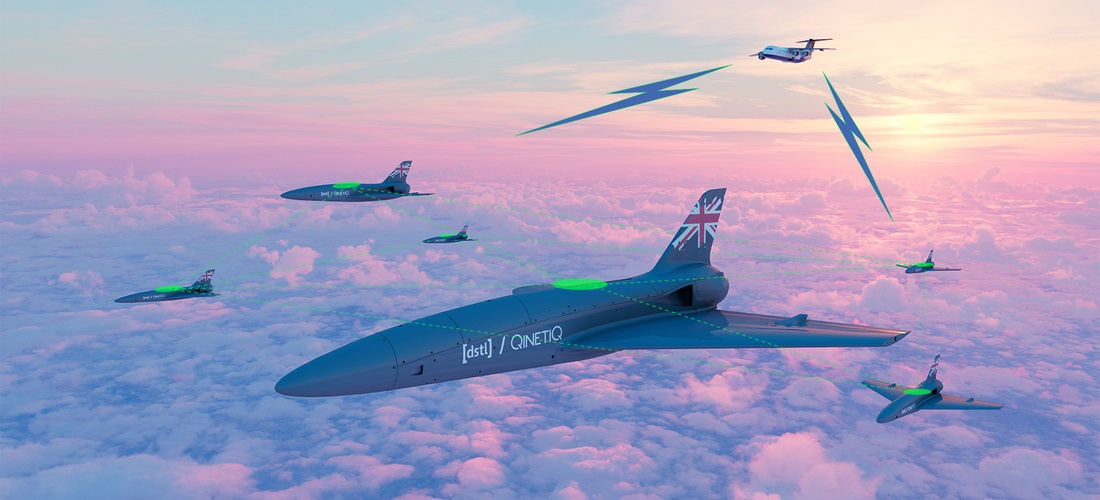Background
UAS – Unmanned Aerial Vehicles (UAV) / drones – come in a variety of configurations, sizes, and payload capacities with just as many capabilities for stealth, altitude and speed. Because of this, the range from the C-UAS platform to the target can vary immensely. Identification relies on getting highly accurate visual cues that can be interpreted either by an operator or the internal Artificial Intelligence (AI) programming in the C-UAS. Small UAVs are difficult to see even at close ranges.
Larger, more sophisticated UAVs can fly higher with larger payloads and present a similarly difficult visual detection. Infrared cameras directed by C-UAS radar systems provide much needed information to identify the UAV and determine its threat. The threat of a UAV can be as benign as surveillance of a secure position or as deadly as an attack using missiles, bombs, or WMDs (Weapons of Mass Destruction) including Biological, Chemical, or Radiological.
C-UAS platforms predominately use radio jamming systems to disable connectivity of the UAV to its base station, GNSS jamming to disorient the UAV, or spoofing to take control of the UAV by overpowering the signal from the original base station. Some C-UAS platforms use kinetic destruction or net deployment. In a few systems, air defense systems target UAVs with missiles. In all cases, accurate targeting requires accurate identification. Ophir lenses are the key element to long-range accurate identification both day and night.
Lens Technical Specifications for C-UAS platforms
The primary goal of any visual (EO or IR) system is to provide adequate, focused pixels on target. Sandia National Labs estimates that an operator needs a minimum of eight (8) pixels on target to determine the threat of a UAV.
In order to ensure adequate pixels on target, an imaging system needs to meet specifications of:
- Field of view (FOV) / Focal length: C-UAS systems require lenses that provide multiple fields of view. This can be best accomplished with a continuous zoom lens. Lenses that allow an AI program to optimize the field of view for the specific situation are key to a faster-acting system without an operator in the loop. Proper FOV allows the imaging system to have the appropriate number of pixels on target. This is measured using iFOV (instantaneous FOV) to calculate pixels per meter (PPM) at a specific range.
- Focus: Maintaining focus during field-of-view changes and the ability to rapidly maintain focus on a quickly maneuvering object is important to optimized tracking.
- Image Quality: Providing a sharp and clear image across the entire field-of-view and throughout the full zoom range is important to tracking UAVs and identifying a potential threat.
- Interface: Providing the best mechanical interface to the sensor and the best electronic interface to the control system is key to integration into a C-UAS infrared sensor.
Ophir Lens Capabilities for C-UAS applications
Ophir is recognized as a world-class optics design and manufacturing company. In addition to off-the-shelf designs, Ophir works with system integrators on customized lens solutions to meet any application, including C-UAS. Two Ophir solutions are ideally suited to long-range identification for C-UAS systems in development today; SupIR® 60 – 1200mm f/4 and SupIR® 80 – 1200mm f/5.5.
Field of view / Focal length: Ophir’s SupIR® 60 – 1200mm f/4 has a narrow FOV that can identify a small quadcopter at more than 3 kilometers. It is perfectly suited to MWIR 10μm SXGA sensors. Ophir’s SupIR® 80 – 1200mm f/5.5 can identify the same quadcopter at more than 2.5 kilometers. It is designed for use with MWIR 15μm VGA sensors. These choices allow integrators to tailor C-UAS platforms to the specific customer application. Systems that integrate these optics provide the operator with enough pixels on target to allow for quicker reaction time to a threat


- Fig. 2. describes the MTF charts of the 60-1200mm f/4 lens at both NFOV and WFOV. These charts show the Sagittal (S) and Tangential (T) components of the MTF as a function of the spatial frequency at different field positions across the focal plane for both WFOV and NFOV. As can be seen, the Sagittal MTF at both the WFOV and NFOV is close to the diffraction limit over the whole focal plane, while the Tangential component is lower, especially at the WFOV.
- Fig. 3 shows the MTF graphs of the SupIR 60-1200mm f/5.5 lens at both NFOV and WFOV. Similar to the MTF performance of the 60-1200mm f/4 above, also in this case, the Sagittal MTF at both the WFOV and NFOV is close to the diffraction limit over the whole focal plane, while the Tangential component is lower.

- Focus: All of Ophir’s lenses provide focus retention through the zoom process. This allows systems to retain acquisition lock on targets of interest and improves identification of UAV threats. The lenses also maintain line of sight (LOS) throughout the zoom.
- Image Quality: Ophir is well known for the superior design of its lenses. This includes off-axis clarity and providing excellent imagery throughout the zoom range. Ophir has a world-class design that eliminates narcissus and vignetting in its zoom lenses. Narcissus and vignetting interfere with an AI system’s ability to identify threats.
- Interface: Ophir includes OphirSIM™ software with all of its continuous zoom and multiple FOV lenses to facilitate integration and communication to the lens.
Ophir offerings for C-UAS Applications
Ophir has many long-range IR continuous zoom lenses which can be utilized for C-UAS applications. Depending on the specific scenario – drone size, drone flight altitude, distance, etc. – the proper lens should be selected. The following chart presents the identification ranges of our lenses for specific drone targets.
Conclusion
Unmanned Aerial Vehicles (UAV) and drones become a significant threat in the modern battlefield. Critical infrastructure is becoming a secondary battlefront to bad actors who often are set on disrupting the life of a citizenry. While these targets are not protected by military forces, they can be protected by C-UAS from swarm attacks using micro- and mini-drones. Thermal imaging systems are very effective for C-UAS (Counter Unmanned Aircraft System) applications. Ophir offers a large variety of high-quality long distance IR lenses which can be successfully integrated for these applications.

Attendees of IDEX can visit MKS Instruments at Hall 2, stand A20.






















